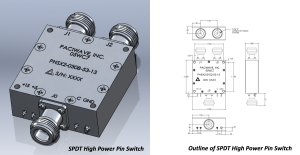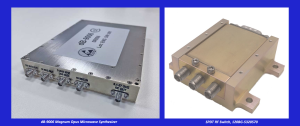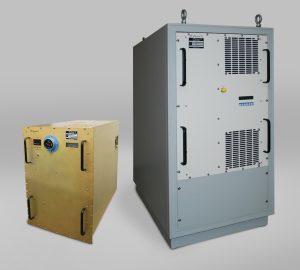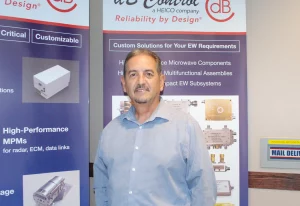dB Control’s Mike Lee and Steve Walley Discuss Advances in TWTs
MPD: Many people still believe TWTs have short operating lifetimes but is that correct?
Lee: No, not really, because the TWTs in deep space platforms can last for decades. The Voyager spacecraft is a great example. It was launched in 1977 and continues to send back scientific and engineering data without issues. That’s more than 46 years. Not bad for an “old” technology. In a benign air-conditioned environment like a ground station, it will last 10 years or so running continuously. In defense applications, such as EW, the lifetime is shorter because the TWTs are turned on and off frequently and running at saturation to generate the highest RF output power. Lifetime also depends on whether the platform is a ground-based, naval, or airborne application, and airborne is the most challenging environment for TWTs.
MPD: EW systems usually operate over a very wide range of frequencies, but the instantaneous bandwidth of TWTs is about two octaves. How do systems using TWTs accommodate this challenge?
Walley: Traditionally, a wideband EW system would use three or even four TWTs to go from 2 to 40 GHZ, but now we can do it with two or three. One of our suppliers offers a TWT that covers 17.5 to 40 GHz, so it can be used for an MPM or a TWTA. As GaN becomes more efficient and able to deliver higher RF power, we will eventually be able to deliver a hybrid amplifier that uses both. Today, the TWT could have up to three stages of depressed collectors and, for space applications, up to five stages to increase efficiency. We have some wideband tubes with an efficiency of about 35 or 40 percent, which was unheard of twenty years ago.
MPD: Speaking of GaN, the technology continues to improve in terms of efficiency and achievable RF output power. How does this affect the way you build your MPMs?
Lee: Every significant advance in GaN performance benefits our MPMs, not only in higher RF power and efficiency but also in higher frequency operation, which is increasingly appealing to many of our customers.
MPD: Folded waveguide has considerable advantages over a helix TWT. Are you using folded waveguide TWTs in your products?
Walley: Folded waveguide is definitely beneficial, and we have used some millimeter-wave narrowband folded waveguide tubes for high-power radar applications. It’s a proven technology, and they’re much more robust than a helix, especially at high frequencies where a helix is incredibly fragile. In contrast, a folded waveguide is a big chunk of metal. Folded waveguide also allows TWTs to fabricate with less touch labor because you’re not holding rods in place at extreme temperatures to insert the helix in the structure.
MPD: Do you have trouble finding new talent emerging from universities?
Lee: We recruit from local colleges and universities and have internships. Most engineers want to move into the digital world and AI, which is certainly attractive. When they come to us, they see the innovation we’re doing, what the TWT manufacturers are doing, and the technologies involved and get pretty excited. Since our business is doing well, there’s a buzz around the plant like you’d find in a start-up because we always have new projects.
MPD: Are you manufacturing any differently than in the past?
Lee: Traditional ways TWTs have been made involve lots of handholding, and we’re working to change that. We have some high-volume contracts that cannot tolerate the long lead times typical of this industry, and to accommodate them, we’re automating the assembly and testing and performing multiple projects in parallel.
MPD: Are power supplies in TWTAs and MPMs
Walley: Absolutely. As electronic systems nowadays operate at low voltages, most major integrators don’t have expertise in-house in high-voltage power supplies, so they rely on us because of the nature of our products. For example, TWTs require 10 kV at Ku-band and 20 kV in Ka-band, so you have to pay strict attention to reliability and safety. We also have customer requirements for 28 VDC, 270 VDC, and 208 VAC three-phase 400 Hz, so we need conversion circuits in place for them.
MPD: Is the market for TWTAs and MPMs growing despite the advances in solid-state technology?
Lee: The market overall is growing, with some sectors growing faster than others. For example, Russia’s war on Ukraine has depleted U.S. stocks of some EW systems, so there’s a demand from DoD to replenish them. And even though there is so much buzz around GaN and very little about vacuum technologies, impressive advances are being made in TWTs today. TWT innovations using folded waveguide, very efficient cathodes and design for manufacturability are impressive at several new TWT OEMs, whose missions are to allow even millimeter-wave TWTs to be made at scale and at lower costs. As GaN matures and catches up in efficiency, bandwidth and output power, replacement of TWTs will happen and HPAs will use the best solutions to meet customer and industry requirements.
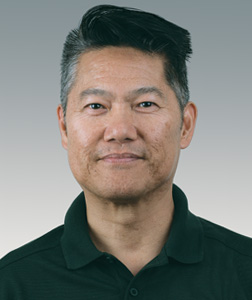
Mike Lee is Vice President of Sales & Marketing at dB Control.
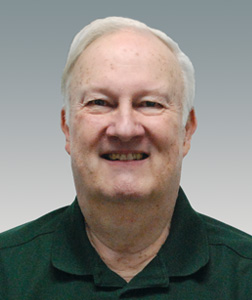
Steve Walley is vice president of business development at dB Control.
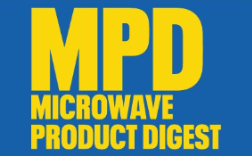
This Perspectives: Industry Interview was published on October 22, 2024 in Microwave Product Digest.


